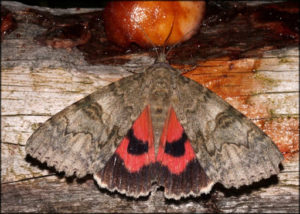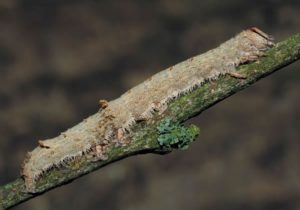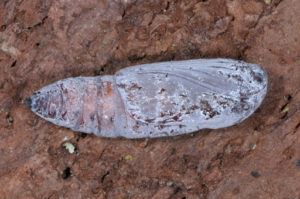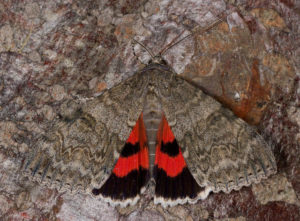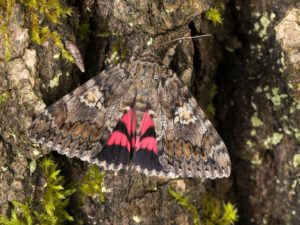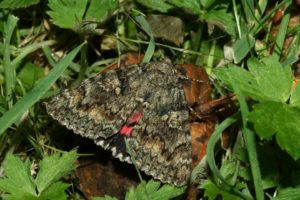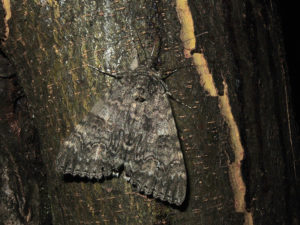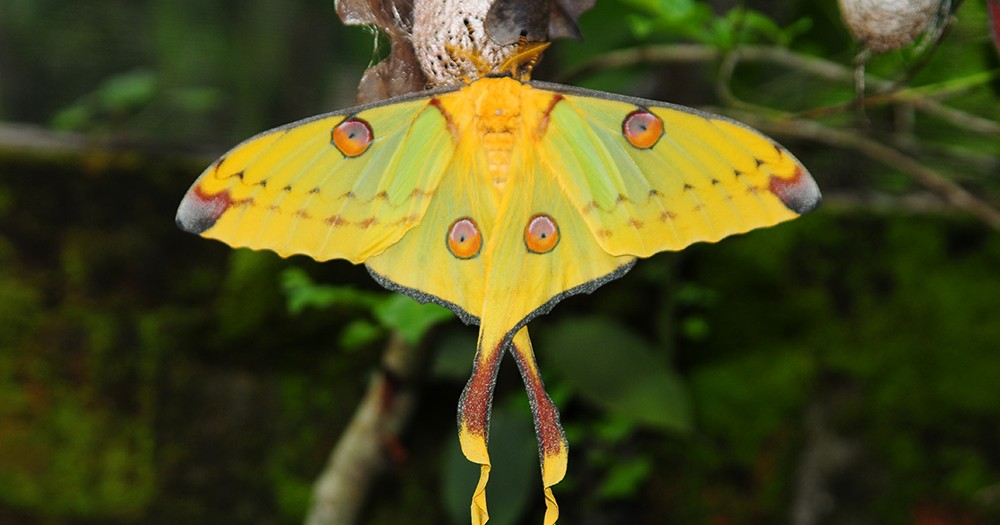Red Underwing Moth (Catocala nupta)
The red underwing moth is a member of the family of Erebidae moths. Similar to other Catocala moths, they have brightly-colored hindwings. In the case of these moths, a red hue which also gives them their name.
lh3.googleusercontent.com
Scientific Classification
- Family: Erebidae
- Genus: Catocala
- Scientific Name: Catocala nupta
Description and Identification
Adult Moth
Sexual Dimorphism: Present but not prominent.
Color and Appearance
Forewing: When the wings are open, they are gray with jagged bands and crisscrossed lines. When the wings are closed, the patterns remain observable.
Hindwing: When the wings are open, they show their characteristic red color. There are two black bands present, one at the center and another at the end fringed with white. When the wings are closed, the bright red color is not visible.
Average wingspan: 6.6 – 8 cm
Flight pattern: Consistent
Season: mid-July to early October
Egg
These moths undergo a period of hibernation, overwintering as an egg.
Quick Facts
| Distribution | All of Great Britain, including England, Ireland, Scotland, and Wales |
| Habitat | Gardens, parks, scrubs, riverbanks, and woodlands |
| Lifespan of Adults | Not recorded |
| Host Plants | Poplar and willow |
| Predators | Birds |
| Adult Diet | Does not feed |
Did You Know
- This moth has several sub-species including Catocala nupta nupta, Catocala nupta clara, Catocala nupta obscurata, Catocala nupta japonica, and Catocala nupta nozawae.
- To avoid predation, these moths will suddenly flash their bright underwings when approached as a method of confusion and then settle down on a tree with coloration similar to their forewings. Also, due to the sharp contrast in color, the hindwings may be mistaken for a butterfly and targeted instead of the rest of the moth’s body.
- Eminent Swedish zoologist Carl Linnaeus first described this species in the 12th edition of his book Systema Naturae.
Scientific Classification
- Family: Erebidae
- Genus: Catocala
- Scientific Name: Catocala nupta

